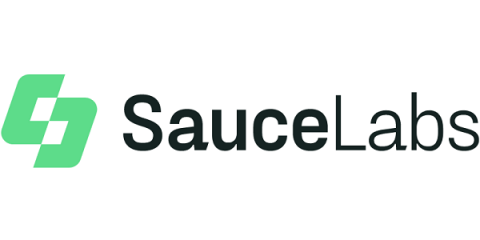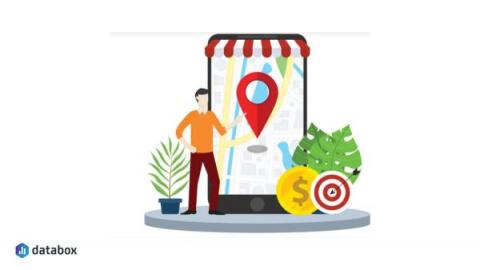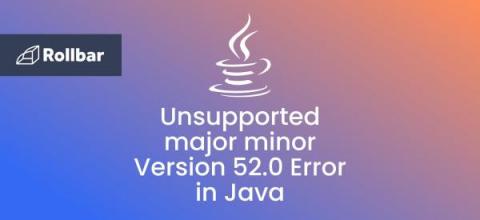What Is Software Prototyping And Why Do You Need It?
Software prototyping is a commonly known term that carries with it various myths. If we remove all misconceptions and present a simple definition, a software prototype is merely a base product that closely resembles the appearance and functionality of the final software product. However, this is not the case with all types of prototypes. First, you have high-fidelity (HiFi) prototypes that represent the same functionality as the final software in the truest sense.








